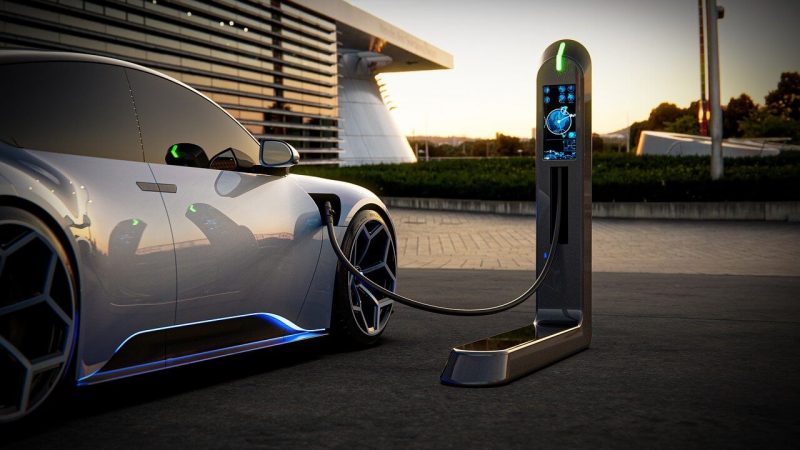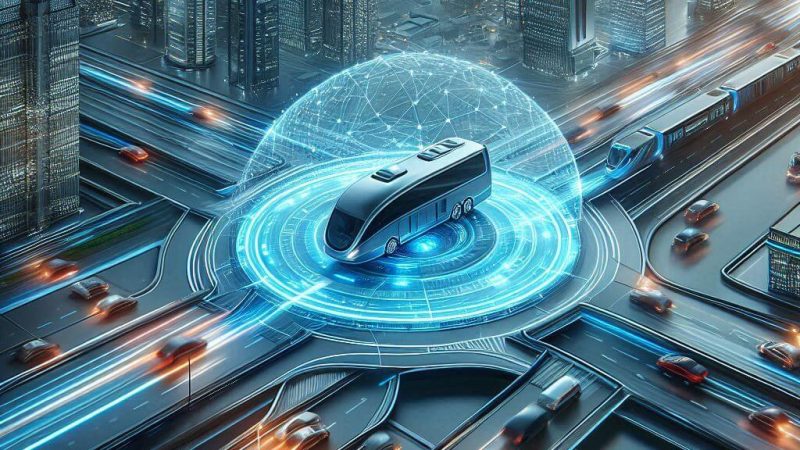External parts of a car and their functions

Cars are complex machines consisting of various components that work in harmony to ensure efficient performance, safety, and comfort. While the internal elements of a vehicle, such as the engine and transmission, often receive significant attention, the external parts play equally crucial roles. This article will delve into the various external parts of a car, exploring their functions and importance for both operation and aesthetics.
Contents
1. Car Body
1.1 Structure and Design
The car body serves as the primary structure of the vehicle, encompassing all external parts. Typically made from steel or lightweight materials like aluminum or composites, the body is designed to provide safety and durability while ensuring aerodynamics for fuel efficiency.
1.2 Aerodynamics and Fuel Efficiency
The shape and design of the car body significantly influence drag. A well-designed exterior helps to minimize air resistance, enhancing fuel economy and performance.
2. Front End Components
2.1 Bumper
The front bumper is engineered to absorb impact during minor collisions, protecting the vehicle’s internal components and maintaining the overall integrity of the frame.
2.2 Grille
The grille allows airflow into the engine compartment, facilitating engine cooling. It also serves as an aesthetic feature that contributes to the car’s styling.
2.3 Headlights
Headlights are vital for nighttime driving and poor visibility conditions. Modern cars may be equipped with LED or HID lights that provide better illumination and energy efficiency.
2.4 Fog Lights
Fog lights are positioned lower than standard headlights and emit a wide, bar-shaped beam, improving visibility during heavy rain, fog, or snow.
3. Windows and Mirrors
3.1 Windshield
The windshield provides essential visibility for the driver while contributing to the car’s structural integrity. Additionally, it houses features such as wipers and defrosters.
3.2 Side Windows
Side windows can be tinted for privacy, UV protection, and heat rejection. They also provide vital visibility for passengers and drivers during lane changes and turns.
3.3 Rear Window
The rear window facilitates visibility out the back of the vehicle and often includes heating elements to prevent fogging.
3.4 Mirrors
Side mirrors are crucial for safe lane changes and turns, enhancing the driver’s field of vision. Rearview mirrors provide a view of the area behind the vehicle.
4. Wheels and Tires
4.1 Wheels
Wheels are responsible for supporting the car’s weight while providing a surface for the tires to grip the road. They can significantly affect the vehicle’s handling and performance.
4.2 Tires
Tires offer traction, stability, and shock absorption. Various types of tires serve different conditions, including all-season, winter, and performance tires.
5. Suspension System
5.1 Shock Absorbers
Shock absorbers are components of the suspension system that help manage bounce and maintain contact between the tires and the road, enhancing ride comfort and vehicle handling.
5.2 Struts and Springs
Struts and springs work together to support the vehicle’s weight and absorb road shock, improving stability and safety.
6. Rear End Components
6.1 Rear Bumper
Similar to the front bumper, the rear bumper protects the vehicle during collisions while adding to its overall design.
6.2 Tail Lights
Tail lights illuminate when the driver uses the brakes, signaling to vehicles behind them. They also include turn signals, enhancing safety on the road.
6.3 Trunk
The trunk provides storage space and can be fitted with various features such as a rear spoiler to enhance aerodynamics.
7. Additional Accessories
7.1 Roof Railing
Roof railings allow for the attachment of carriers for bikes, skis, or luggage, enhancing the vehicle’s utility for adventure seekers.
7.2 Spoilers
Spoilers are designed to improve aerodynamics by reducing lift and drag, particularly at high speeds, enhancing stability.
7.3 License Plate Holder
This component secures the vehicle’s registration plates and can also provide an aesthetic element to the rear or front design.
8. Importance of Maintenance
Proper maintenance of external car parts is essential for safe operation and vehicle longevity. Regular inspections and timely repairs can prevent issues from escalating, ensuring enhanced performance and safety while driving.
The external parts of a car play vital roles in not only its functionality but also its aesthetics. Understanding these components and their functions can help car owners appreciate the complexities of automotive design and underscore the importance of regular vehicle maintenance. Whether it’s ensuring the headlights are functioning or keeping tires in good condition, every part contributes to a safe and pleasurable driving experience.


